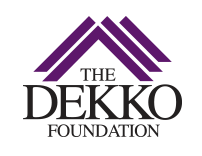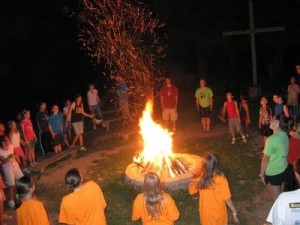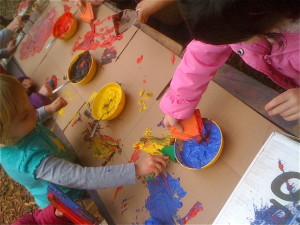What is economic freedom, anyway?
Our founder, Mr. Chet Dekko, was absolutely, positively, passionate about economic freedom. So much so that, with the fruits of his life’s work, he started a foundation to help future generations have the same access to economic freedom that he held dear.
So, what is economic freedom anyway?
We’re glad you asked. Here are some definitions that we think are spot-on…and inspirational as the dickens!
- Economic freedom means producing more than you consume.
- Economic freedom is the ultimate liberty to make choices about one’s own life.
What are the steps toward economic freedom? We think that:
- Economic freedom begins with education. Learning helps a person to build valuable skills and knowledge.
- Possessing skills and knowledge opens the door to opportunities.
- The more opportunities a person has, the more chances he or she has to be productive.
- When a person’s production outpaces consumption, then economic freedom appears.
So, how do these beliefs direct our work?
We invest in projects that help children and youth, up to age 18, build the skills, knowledge and character that they’ll need to travel the path toward economic freedom.
What is your definition of economic freedom? We’d love to know!




